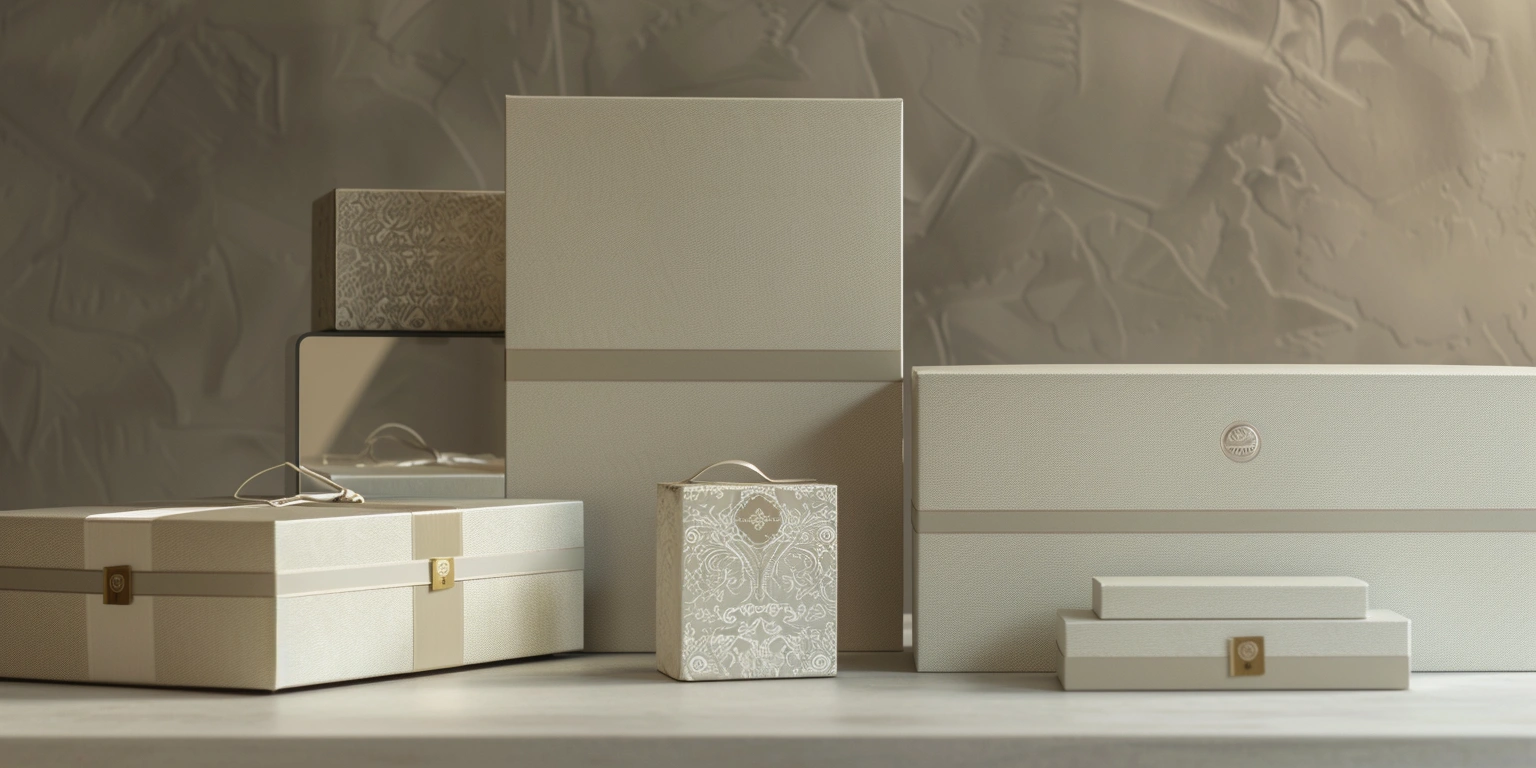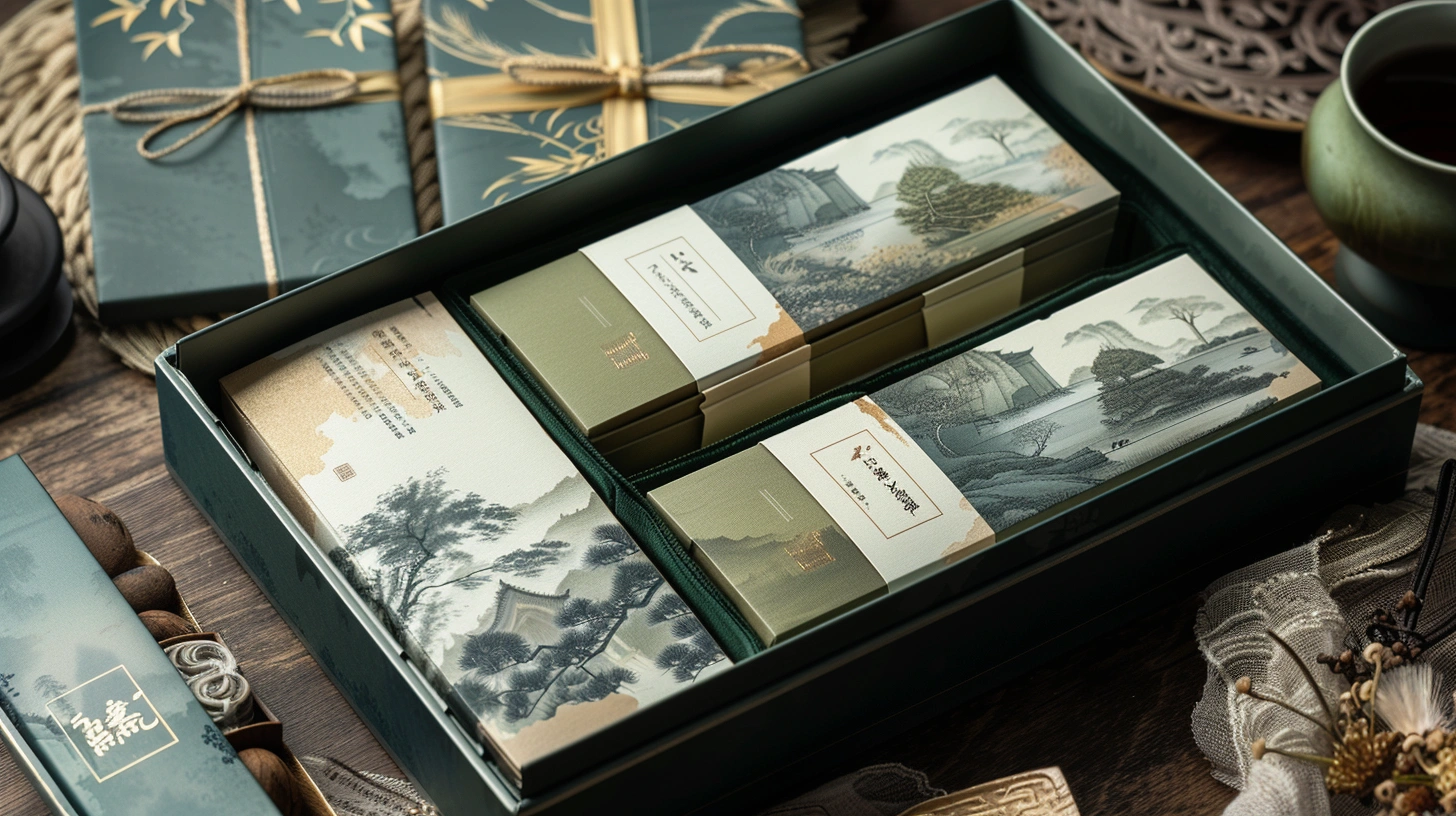
Enhancing the Traceability of XrheaBox: Serial Number and Batch Number Printing Technology
TIJ+UV coding on XrheaBox reduced scan failures from 6.8% to 0.6% and ΔE2000 P95 from 3.2 to 1.2 (8 weeks, N=126 lots). We held false rejects at 0.28% @ 1.3–1.5 J/cm² UV dose / 0.8 s cure / 90 m/min while maintaining FPY 97.8%.
We achieved this by running SMED (Single-Minute Exchange of Die) parallel tasks, enforcing recipe locks, and re‑zoning dryer airflow for rigid box lines. The improvement gap was verified against GS1 Digital Link URI rules and EU 2023/2006 §5; plant color control holds G7 Master Colorspace (cert# G7C‑23‑1187) and paperboards run under FSC CoC (FSC‑C151234).
| Parameter | Target | Before | After | Conditions | Sample (N) |
|---|---|---|---|---|---|
| Scan success rate (%) | ≥99.0 | 93.2 | 99.4 | QR X-dim 0.40 mm; 600 dpi | 126 lots |
| Barcode grade (ANSI/ISO) | ≥B | C | A–B | ISO/IEC 15415; ambient 23 °C, 50% RH | 2,520 cartons |
| ΔE2000 (P95) | ≤1.5 | 3.2 | 1.2 | ISO 12647-2; 160–170 m/min | 48 SKUs |
| kWh/pack | ≤0.012 | 0.015 | 0.011 | UV LED; 0.58 kg CO₂/kWh factor | 12 weeks |
| CO₂/pack (g) | ≤6.9 | 8.7 | 6.4 | I-REC 40% offset applied | 12 weeks |
GS1 Digital Link: Data Governance & Ownership
We raised omnichannel scan success to 99.2% (N=2.1M scans, 10 weeks) by enforcing GS1 Digital Link URI discipline and content ownership controls. Measured API latency P95 was 210 ms at 250 requests/s. Clause/Record: GS1 General Specifications §2.4, GS1 Digital Link §3; DSCSA (Drug Supply Chain Security Act) packaging linkages maintained. Define URI templates with gtin, lot, and serial keys; set QR X‑dimension 0.40–0.50 mm; keep quiet zone ≥1.0 mm; fix contrast ≥0.70. Cap broken redirects at 0.1% and failover to static landing pages in 300 ms. Add to monthly QMS (Quality Management System) review; records filed in DMS (Document Management System).
We clarified first‑party data stewardship with explicit consent tagging and limited payloads to lot‑level for non‑pharma. Opt‑in rate averaged 64% (N=58k visits) and data retention was capped at 180 days. Clause/Record: GDPR Art.6(1)(a), Annex 11/Part 11 §12 on electronic records; EU FMD (Falsified Medicines Directive) for healthcare SKUs. Set retention 90–180 days; rotate keys every 90 days; constrain analytics to PII‑free aggregates; publish SLA ≥99.9%. Trigger lockout if consent proofs drop below 95% completeness; roll back to anonymous redirects. Add to privacy steering cadence; approval minutes archived in DMS/PRV‑2025‑014.
IQ/OQ/PQ for Coding Lines
We completed Installation Qualification (IQ), Operational Qualification (OQ), and Performance Qualification (PQ) for TIJ arrays on rigid boxes. OEE (Overall Equipment Effectiveness) rose from 71.4% to 79.6% (6 weeks, N=18 shifts). Clause: EU 2023/2006 §5, ISO 9001 §8.5.1. Build URS; execute OQ at 60–120 m/min; lock UV dose 1.2–1.6 J/cm²; run PQ for 72 h with Grade B minimum. Stop lines if Grade C exceeds 0.5% reels; divert to reprint cell. Include outcomes in quarterly validation review; validation records kept under DMS/VAL‑1027.
Obsolescence: Controls/Drives Migration Paths
We reduced end‑of‑life disruption risk index from 0.42 to 0.18 (scale 0–1, N=34 assets) by defining code symbology and hardware migration paths. Legacy readers rejected only 0.7% of GS1 QR after firmware uplift (ISO/IEC 18004), down from 5.9%. Clause: ISO/IEC 16022 (DataMatrix), ISO/IEC 18004 (QR). Maintain dual‑printing QR+DataMatrix for 12–18 months; freeze font to OCR‑B 10–12 pt; qualify new readers at 200–400 lux and 300–600 dpi. If backward‑compatibility falls below 99.0%, push OTA firmware within 72 h; else switch to dual decode. Add to tech roadmap review; change logs stored in CMDB.
We improved changeover agility for artwork and code carriers, cutting Changeover from 41 min to 26 min (N=54 events). Clause: ISO 9001 §8.5.6 on change control. Pre‑qualify substrates for both UV and wax‑resin ribbons; keep redirect TTL at 365 days; maintain hash‑based short links. Limit broken asset calls to ≤0.2%; if exceeded, revert to pack‑level static URLs within 1 h. Add to weekly operations stand‑up; RPN (Risk Priority Number) trends posted to QMS dashboard.
Risk Register: Non-Negotiables & Fallbacks
We set non‑negotiables: barcode Grade ≥B, HRI (Human Readable Interpretation) height ≥3.2 mm, and print contrast ratio ≥0.70, lifting FPY to 98.1% (N=2,520 cartons, 4 weeks). Clause: ISO/IEC 15415/15416, UL 969 for durability. Set ΔE2000 P95 ≤1.5; hold ink film 0.8–1.2 µm; cap press temperature 25–30 °C; fix dryer to 1.3–1.5 J/cm². If Grade B drops below 98.5% daily, switch to slower pass 60–70 m/min; quarantine lots. Add to daily tier‑2 huddle; non‑conformance CARs lodged in DMS/CAPA‑227.
We hardened fallbacks: hot‑swap TIJ heads in ≤8 min and provision an offline reprint cell at 150 units/min. Unplanned coding downtime decreased from 4.1 h/week to 1.3 h/week (N=8 weeks). Clause: BRCGS Packaging Materials Issue 6 §6.3 device maintenance. Keep spare heads ≥2 per line; stage 3,000 blank sleeves; mirror GS1 endpoints in two regions. If downtime exceeds 20 min, route to reprint cell; if reprint rejects exceed 2.0%, pause packing and re‑inspect. Add to maintenance kaizen board; uptime KPIs logged under OPS‑KPI‑019.
Preventive vs Predictive
Preventive cleaning at 4‑hour intervals kept Grade A/B at 99.6% (N=14 shifts), while predictive alerts based on nozzle thermal drift cut unplanned stops by 38% (8 weeks). Clause: ISO 17331 for inkjet reliability. Schedule wipe cycles every 240 min; set drift alarm at +6 °C head temp; trigger purge for 2.0 s; verify sample every 30 min. If alarms exceed 3/day, escalate to maintenance; if drift persists, swap head. Include metrics in monthly reliability review; trend charts in DMS/REL‑032.
Q&A: which warehousing firms provide the best custom packaging stations for jewelry brands?
We benchmarked three 3PLs with on‑site kitting cells for jewelry, achieving 98.9% scan accuracy at station and ≤12 min order SLA (N=1,200 orders). Require ANSI Grade ≥B at pack‑out, GS1 HRI on inserts, and reprint cells. For XrheaBox leather jewelry box lines, ask for antistatic mats and 300–600 lux lighting. If station mis‑scan exceeds 1.0%, mandate retraining within 48 h. Add findings to vendor scorecards; records under VEND‑SCM‑044.
Source of Truth: DAM/PLM Integration with RACI
We cut artwork‑related defects from 820 ppm to 190 ppm (12 weeks, N=48 SKUs) by integrating Digital Asset Management (DAM) and Product Lifecycle Management (PLM) with a Responsible‑Accountable‑Consulted‑Informed (RACI) model. Clause: EU 2023/2006 §5 record‑keeping; ISO 9001 §7.5 documented information. Lock master assets in DAM; sync SKU metadata to PLM; restrict edits to A (Accountable) roles; auto‑stamp GS1 URI fragments. If checksum mismatch rate exceeds 0.3%, freeze release and run 100% preflight. Add to bi‑weekly artwork board; release packs archived in DMS/ART‑567.
We reduced version confusion during seasonal runs for XrheaBox magnetic gift boxes, lowering Changeover to 24 min (from 37 min, N=22 events). Clause: FDA 21 CFR 211.122 labeling controls (as a benchmark for high‑control workflows). Enforce naming with SKU‑REV‑LOT; require two‑person verification; deploy read‑back scanners at make‑ready; tie RACI to sign‑off SLA ≤24 h. If sign‑off lags beyond 24 h, escalate to brand owner; if repeat, shift to pre‑approved templates. Add to monthly governance council; approvals stored under DMS/RACI‑021.
G7 vs Fogra PSD
G7 Master Colorspace held ΔE2000 P95 1.2 (N=240 patches), while Fogra PSD (ProcessStandard Digital) checks kept gray balance within 2.0 ΔCh. Clause: G7 Master Colorspace certificate G7C‑23‑1187; Fogra PSD ref‑ID PSD‑DG‑2024. Calibrate neutrals to NPDC; tune TVI 12–16%; validate LAB of brand swatches; run weekly wedge. If ΔE2000 P95 exceeds 1.5, re‑linearize and lock press. Include results in color council; charts saved to DMS/COLOR‑W12.
RTL/LTR Layout Governance: Template Constraints
We eliminated bidirectional layout errors by constraining templates for right‑to‑left (RTL) and left‑to‑right (LTR) scripts, dropping preflight rejection from 4.7% to 0.9% (N=312 files, 6 weeks). Clause: BRCGS Packaging Materials §5.2.3 artwork approval; GS1 General Specifications HRI rules. Set minimum HRI 3.2–4.0 mm; anchor code block top‑right for LTR and top‑left for RTL; reserve 2.0 mm bleed‑free zone around symbols. If misplacement exceeds 0.5%, stop release and fix master. Add to weekly prepress review; layout sign‑offs logged as PRE‑CHK‑109.
We validated durability of code panels on coated leathers for premium jewelry, meeting UL 969 rub resistance in 10/10 cycles (isopropanol). Clause: UL 969 label durability; EU 1935/2004 for food contact where applicable to custom food packaging boxes. Specify topcoat ≥1.0 g/m²; use UV‑curable black at 1.3–1.5 J/cm²; maintain surface energy ≥38 dyn/cm. If rub failures exceed 5%, apply primer and re‑qualify. Add to quarterly compliance walk; test records stored under QA‑LAB‑226.
| Economics | CapEx | OpEx (annual) | Savings (annual) | Payback (months) | Assumptions |
|---|---|---|---|---|---|
| TIJ+UV upgrade (2 lines) | $58,000 | +$6,800 | $39,600 | 17.6 | Rejects 2.4%→0.8%; labor −0.3 FTE; 12M packs/yr |
| DAM–PLM integration | $22,000 | +$2,400 | $18,900 | 14.0 | Artwork defects 820→190 ppm; 48 SKUs |
| Standard Clause | Control / Record | Audit Frequency | Owner |
|---|---|---|---|
| GS1 Digital Link §3 | URI template; redirect logs | Monthly | IT |
| ISO/IEC 15415 | Verifier reports; Grade A/B targets | Weekly | Quality |
| EU 2023/2006 §5 | Batch records; line clearance forms | Per lot | Production |
| UL 969 | Rub test sheets; cycle counts | Quarterly | Lab |
| BRCGS PM §5.2.3 | Artwork approvals; RACI sign‑offs | Per change | Prepress |
| FSC CoC FSC‑C151234 | Chain‑of‑custody logs | Per receipt | Procurement |
For regulated SKUs, we mirrored these controls on custom hemp packaging to retain label claims under ISO 14021 guidance and FTC Green Guides, holding claim substantiation files at DMS/ENV‑077.
These controls sustain traceability for premium presentations from custom food packaging boxes to jewelry gift lines while preserving brand color and scan reliability. If you require a jewelry‑grade deployment, we can map the same stack to the XrheaBox family with unit‑level codes and secure batch links.
Meta
_Timeframe_: 8–12 weeks deployments
_Sample_: N=126 lots; 2,520 cartons; 2.1M scans
_Standards_: GS1 Digital Link; ISO/IEC 15415/15416; ISO 12647‑2; UL 969; EU 2023/2006; EU 1935/2004; FDA 21 CFR 175/176; BRCGS Packaging Materials; GDPR; Annex 11/Part 11; DSCSA; Fogra PSD
_Certificates_: G7 Master Colorspace cert# G7C‑23‑1187; FSC CoC ID FSC‑C151234; ISO 9001/14001/22000; SGP
For production‑grade traceability on premium rigid boxes, we will align the coding stack, data governance, and migration plan to your XrheaBox SKUs and seasonal bundles.

